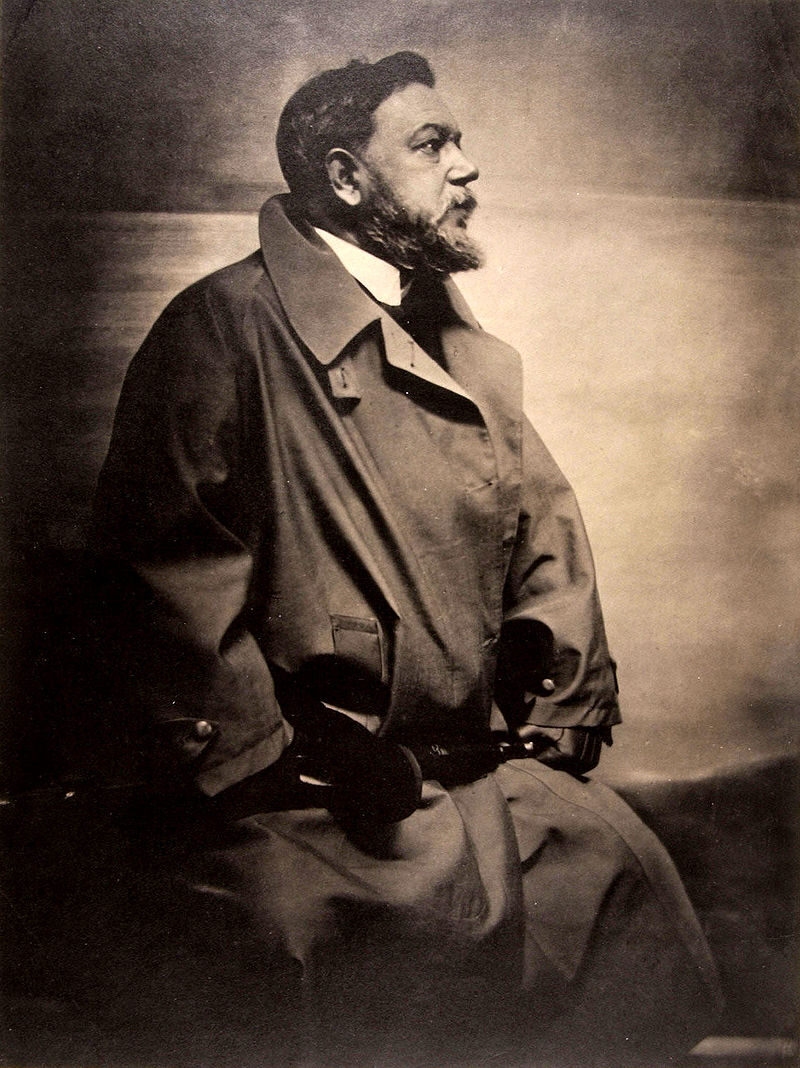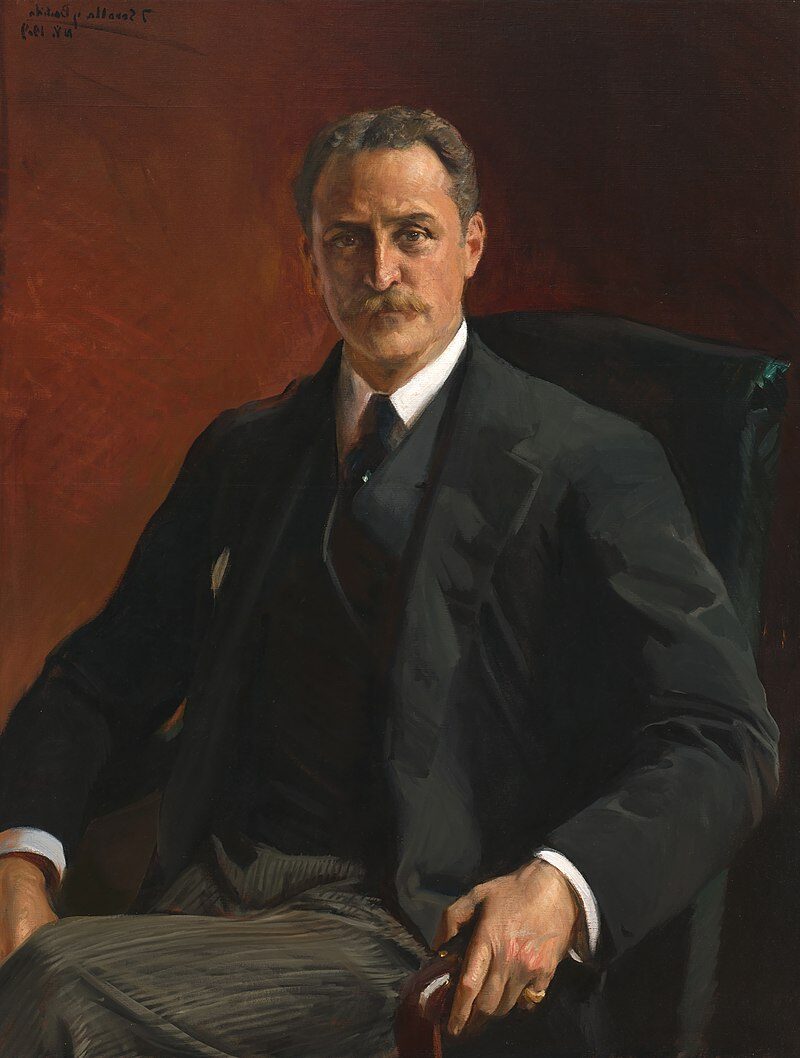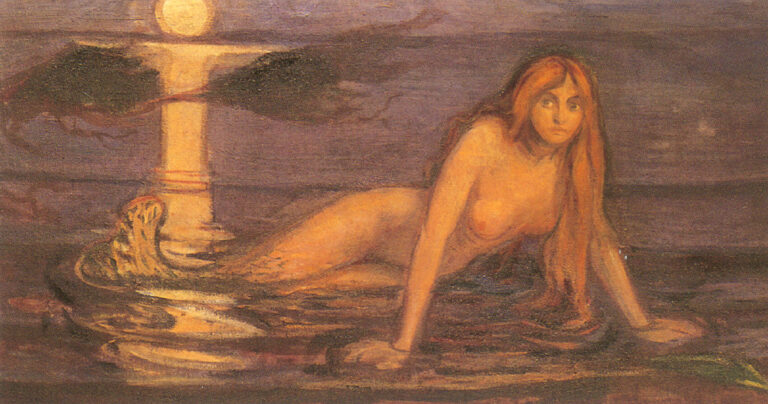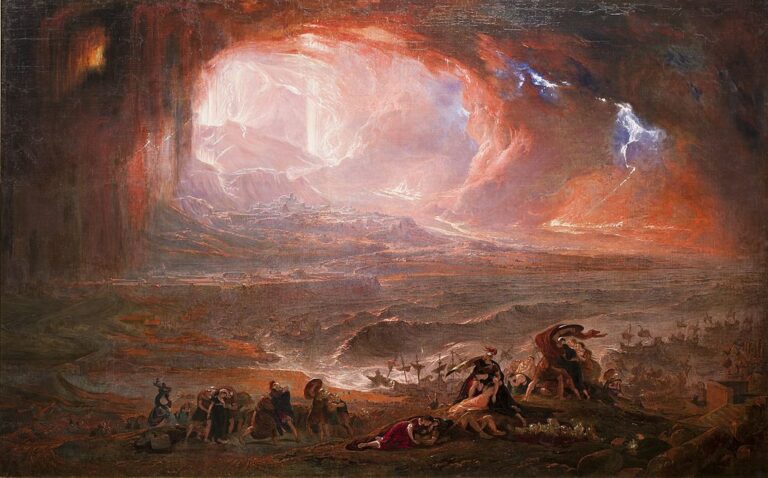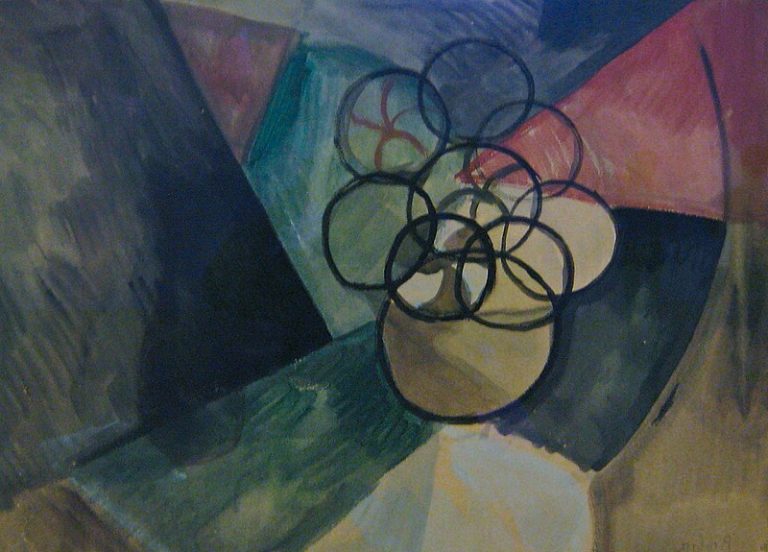Sorolla Paintings: A Masterclass in Light and Color
Born: 27 February 1863, Valencia, Spain
Death: 10 August 1923, Cercedilla, Spain
Art Movement: Impressionism
Nationality: Spanish
Teachers: Cayetano Capuz and Salustiano Asenjo
Institution: Museo del Prado and Spanish Academy, Rome
Sorolla Paintings: A Masterclass in Light and Color
Life of Joaquín Sorolla
Joaquín Sorolla, born in Valencia, Spain, became renowned for his vibrant paintings that captured the essence of light. This section explores his early life, artistic growth, and personal life.
Early Years and Education
Joaquín Sorolla y Bastida was born on February 27, 1863, in Valencia, Spain. Orphaned at just two years old when both parents died in a cholera outbreak, he and his sister were taken in by their aunt and uncle.

The Death of Pedro Velarde y Santillán during the Defence of the Monteleón Artillery Barracks (1884)
He showed a talent for drawing early on. At age 15, he joined a local art academy. There, mentors and institutions helped him refine his skills and laid the foundation for his future career.
Sorolla further honed his talents through dedicated studies at the Spanish Academy in Rome. His exposure to different styles greatly influenced his development as an artist.
Rise to Prominence
Sorolla’s career gained momentum as he began to exhibit widely. His work received recognition at exhibitions such as the Paris Salon, a crucial venue for emerging artists of the time.
His ability to capture the delicate interplay of light and shadow became a signature feature of his paintings. This mastery brought him international acclaim, particularly for his sunlit beach scenes in Valencia.
Receiving various awards, Sorolla’s status rose rapidly. Recognition from art circles displayed his growing influence. The support of established painters like Francisco Pradilla also contributed to his success.
Marriage to Clotilde García del Castillo
In 1888, Sorolla married Clotilde García del Castillo, daughter of Antonia García, a pioneer in photography. Their union proved to be a strong partnership, providing Sorolla both personal and professional support.

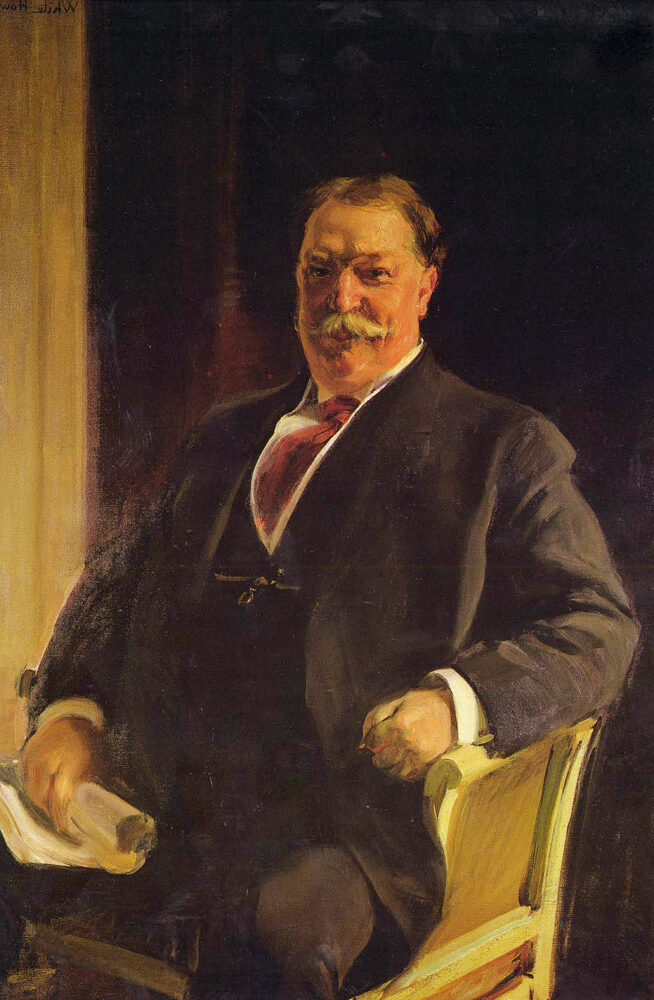
Clotilde inspired and supported many of his works, fostering a nurturing environment for his creativity. Sorolla and Clotilde had three children: Maria, Joaquin, and Elena. This family life deeply influenced his work.
Paintings of his family offered a glimpse into Sorolla’s personal world, highlighting the warmth and joy he found in his domestic life. His devotion to Clotilde was evident in many of his portraits, showcasing her as his muse.
Artistic Style and Techniques
Joaquín Sorolla’s paintings stand out for their vibrant use of sunlight and vivid colors. His practice of painting outdoors, known as en plein air, was key to capturing natural light and movement. Sorolla was influenced by modern painting trends, bringing a unique blend of freshness and realism to his work.
Sunlight and Color
Sorolla expertly used bright sunlight to bring his paintings to life, making luminosity a hallmark of his art. He achieved this through lively colors and dynamic brushstrokes.
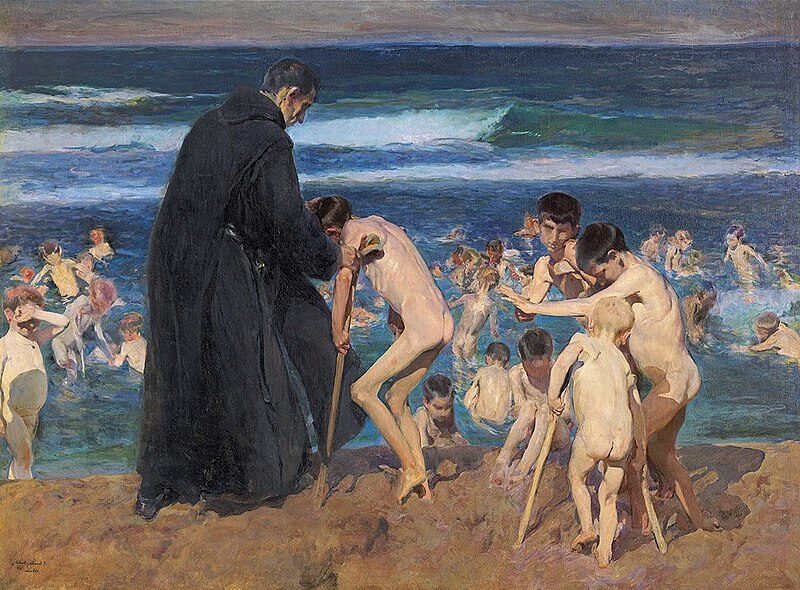
Sad Inheritance! (1899) by Joaquín Sorolla
Sorolla often painted the sunny beaches of Valencia, showing light in its various shades and effects on the water and sand. His technique involved layering and blending colors directly on the canvas, capturing the changing light with remarkable accuracy. This focus on light and color helped him portray natural beauty with a sense of immediacy and emotion.
En Plein Air Painting
Painting en plein air allowed Sorolla to work directly from nature, creating a sense of realism and vibrancy in his work. He would set up his canvas outdoors, exposing himself to the elements to capture the scene authentically.
This method required quick execution and decisiveness, as the light and shadows shifted throughout the day. Sorolla’s rapid, confident brushstrokes were key in recording the fleeting effects of natural light. His ability to finish large canvases in just a few days showcased his skill and intense focus on details. This technique, inspired by Impressionism, heightened the spontaneity and vitality in his art.
Influence of Modern Painting
Modern painting styles, like Impressionism and Naturalism, heavily influenced Sorolla’s work. He drew inspiration from artists like Jules Bastien-Lepage, adopting their focus on light and color.
His paintings reflect a blend of traditional techniques with modern sensibilities. Sorolla embraced unexpected angles and unusual compositions, which echoed the modern trends of his time. His work often played with the boundaries of light and shadow, creating dynamic compositions that felt both lively and modern. This integration of modern styles with his unique approach helped Sorolla develop a signature style, making significant contributions to the evolution of early 20th-century art.
Major Works and Exhibitions
Joaquín Sorolla y Bastida’s art is celebrated for its dynamic use of light and vivid portrayal of Spanish life. His major works include grand murals like “Vision of Spain” and captivating beach scenes. Sorolla’s paintings reached audiences worldwide, earning him awards and international recognition.

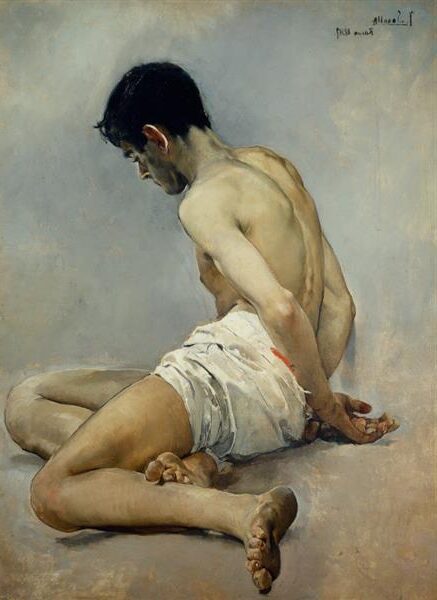
Vision of Spain and National Exhibition
Sorolla’s “Vision of Spain” stands as a monumental achievement in his career. Commissioned by the Hispanic Society of America, these large-scale murals showcase diverse Spanish regions. The murals depict colorful regional customs and life, capturing the vibrant spirit of Spain.
At the National Exhibition in Madrid, Sorolla gained significant acclaim. His works, notably “The Return from Fishing,” received gold medals, highlighting his talent. These successes helped establish Sorolla as a leading figure in Spanish art.
Portraits and Beach Scenes
Sorolla excelled in portraits and beach scenes, bringing them to life with his impressionistic style. His portraits, such as “Portrait of Dr. Simarro,” capture his subjects with warmth and realism. Beach scenes, including “Children on the Beach,” highlight his fascination with light.
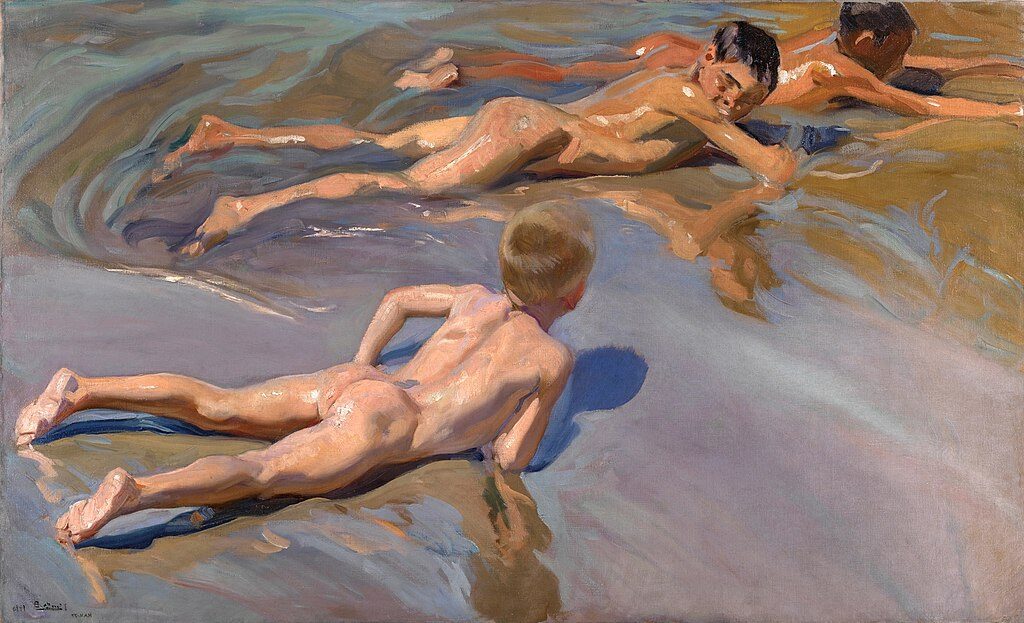
Children on the Beach (1910) by Joaquín Sorolla
These scenes showcase daily life in coastal Spain, filled with children playing and families relaxing. His ability to paint sunlight and its reflections on water and skin demonstrates his mastery. Sorolla’s works remain popular, known for their lively and inviting nature.
International Recognition
International exhibitions played a crucial role in Sorolla’s career. His participation in the Chicago International Exhibition and others brought him global attention.
Sorolla also earned prestigious awards, such as the Grand Prix at the Paris Exposition. His works were featured in prominent galleries like the Musée du Luxembourg and Museo del Prado. This international recognition cemented Sorolla’s reputation as a master of light and color.
Legacy and Museums
Joaquín Sorolla is celebrated for his mastery of light and his vibrant depictions of Spanish life. His legacy endures through prominent displays in esteemed museums, allowing art enthusiasts to experience his work across the globe. Some notable institutions housing his art include the Hispanic Society and the Museo Sorolla.
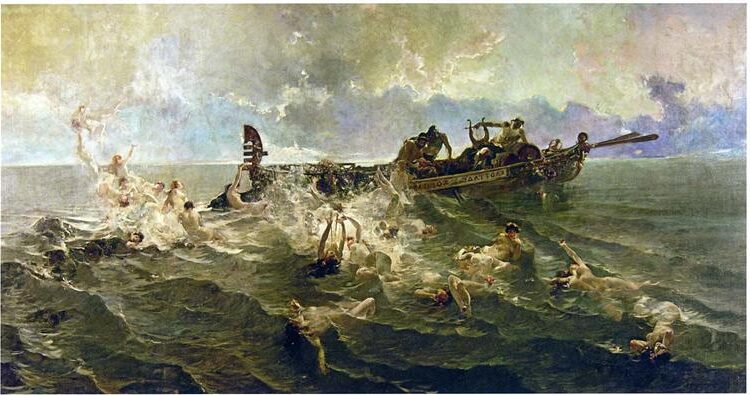
The Nereids (1886) by Joaquín Sorolla
Hispanic Society and Museo Sorolla
Founded by Archer Milton Huntington, the Hispanic Society of America in New York houses Sorolla’s monumental series, Vision of Spain. The series consists of 14 large paintings, commissioned to capture diverse cultural and historical scenes from various regions of Spain. This collection underscores Sorolla’s profound ability to depict Spanish culture with vivid detail and emotional depth.
In Madrid, the Museo Sorolla, once Sorolla’s home and studio, exhibits a comprehensive collection of his works. Visitors can explore many of Sorolla’s celebrated paintings along with personal artifacts and studio tools. This museum provides an insightful look into Sorolla’s life, showcasing not just his art but also the environment that inspired his creativity.
Notable Collections Worldwide
Sorolla’s influence extends beyond Spain and the United States. His paintings are featured in prestigious institutions globally, such as the J. Paul Getty Museum in Los Angeles, which holds works that highlight his dynamic use of light and color.
In addition, the Meadows Museum in Dallas presents a selection of his lesser-known pieces, offering a rare glimpse into Sorolla’s diverse techniques and subjects, including landscapes and portraits. These collections contribute to a broader appreciation of Sorolla’s unique artistic legacy, affirming his position as a master painter of his time.
Themes in Sorolla Paintings
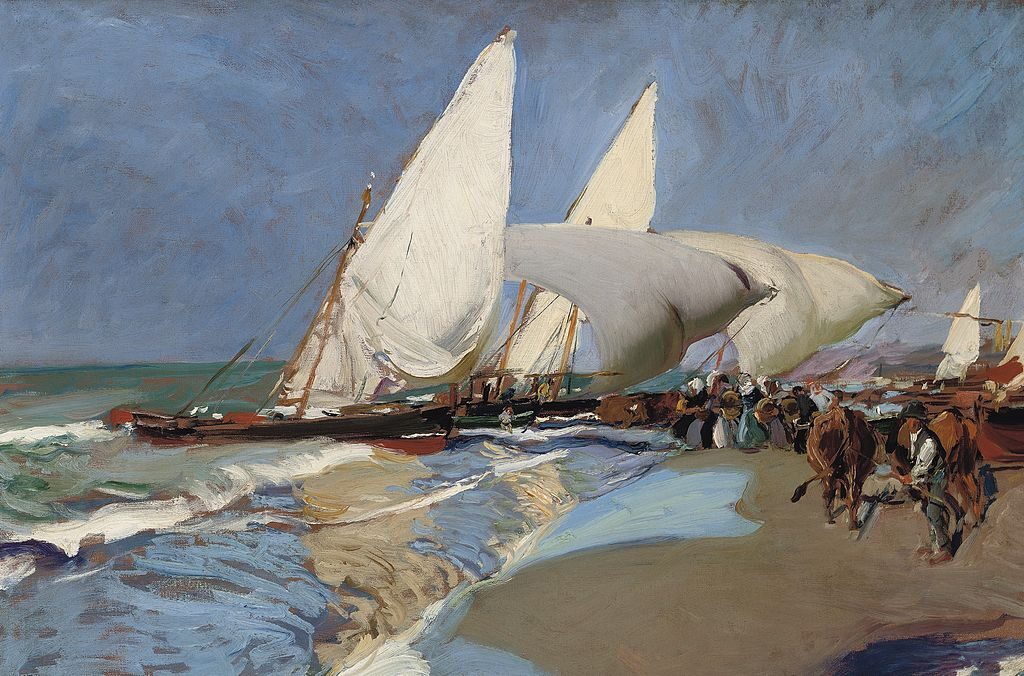
Beach at Valencia (1908) by Joaquín Sorolla
Joaquín Sorolla’s paintings capture the essence of sunlight, reflecting the vibrant spirit of Spain. His work often centers around family and social subjects, highlighting cultural dresses and historical themes through vivid colors and natural settings.
Depiction of Family and Children
Sorolla often painted family scenes, portraying the warmth and connection among family members. He captured intimate moments with his children and wife, illustrating their everyday lives.
His paintings show them playing on the beaches or simply walking under the Spanish sun, as seen in works like Walk on the Beach. His talent shines through in the way he depicted light and shadow, making every scene lively and full of emotion. These portraits display not just family togetherness, but also a broader human connection.
Historical and Social Themes
The artist tackled numerous historical and social subjects in his work. Sorolla believed in capturing the real life struggles and moments of his time.
Paintings such as Sad Inheritance reveal his concern for social issues, depicting young children affected by illness. His work, Another Marguerite, highlights themes of human suffering and exploration of darker social realities. Through these paintings, he provides a vivid commentary on society, raising awareness on important topics. This approach makes his art both beautiful and thought-provoking.
Cultural Representation in Dress and Costumes
Sorolla’s work often includes detailed representation of Spanish culture through traditional garments and costumes. In cities like Seville and Bilbao, he painted vibrant scenes filled with locals wearing costumes apt for festivals or daily life.

Marina. Port de València (1882) by Joaquín Sorolla
His attention to fabric and texture showcases the pride and tradition in Spanish clothing. Paintings set in places such as Elche highlight the diversity and richness of regional dress. These elements of dress not only enhance the visual appeal of his paintings but also serve as a vital historical record of Spanish cultural identity.
Frequently Asked Questions
Joaquín Sorolla is celebrated for his mastery in using light and color, particularly in paintings that highlight Spanish culture and landscapes. His art has influenced modern styles and techniques, and many of his works were installed in prominent museums worldwide.
What themes are commonly depicted in Joaquín Sorolla’s artwork?
Sorolla frequently painted scenes of Spanish life, including beaches, harbors, and rural landscapes. His portraits often captured the essence of his subjects with a lively and vibrant palette. Family life and the beauty of everyday activities were also recurrent themes.
How has Joaquín Sorolla influenced modern painting styles?
Sorolla’s use of light and vibrant colors inspired many contemporary artists who seek to capture similar effects. His approach to naturalism and impressionism has left a lasting impact, affecting how artists perceive and depict the interplay of light and shadow.
Which museums house the largest collections of Sorolla’s works?
The Museo Sorolla in Madrid boasts an impressive collection of his works, as it was once his home and studio. Additionally, the Prado Museum in Madrid holds several of his paintings, and other works are on display in various museums across Europe and America.
Can you provide insights into the techniques employed by Sorolla in his watercolors?
Sorolla was known for his ability to capture light and movement in watercolors. He painted with quick, broad strokes and had a keen eye for blending colors to depict the shimmer and refraction of light on water, giving his works a lively, dynamic quality.
What aspects of Joaquín Sorolla’s personal life are reflected in his paintings?
Sorolla’s family appeared prominently in his art, frequently using them as subjects in many of his paintings. His love for his native Valencia and the Mediterranean coast is evident in his depictions of the vibrant Spanish landscapes and coastal scenes.
Which Sorolla paintings have garnered the most critical acclaim?
Notable works such as “Return from Fishing” and “Visions of Spain” have received significant praise. These paintings are admired for their vivid depiction of sunlight. The artist also impresses critics with his control of color and composition.


